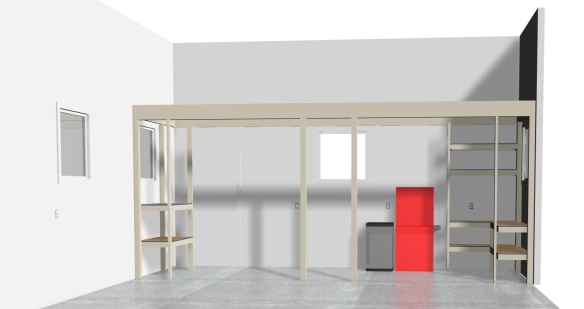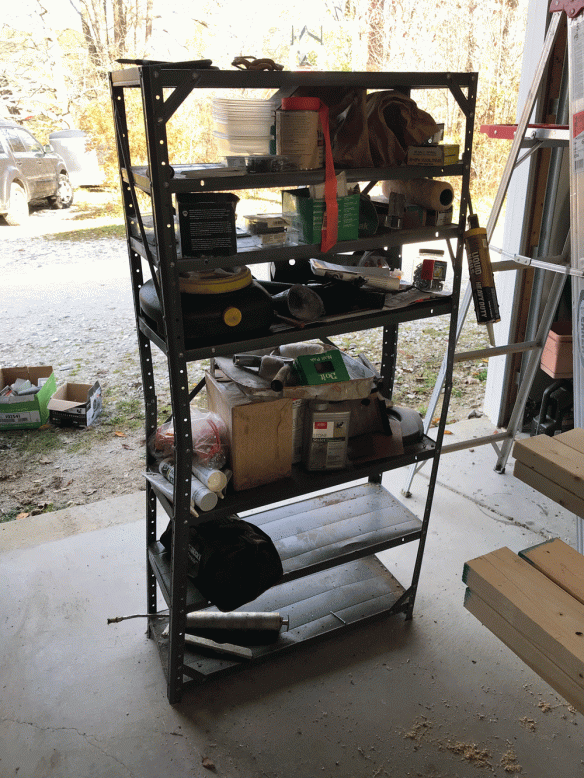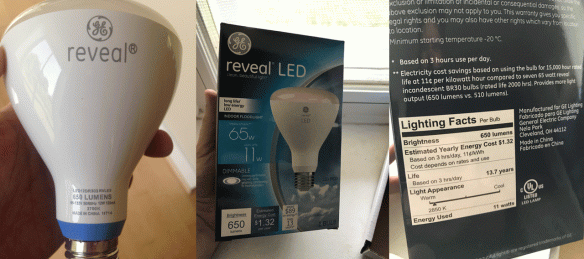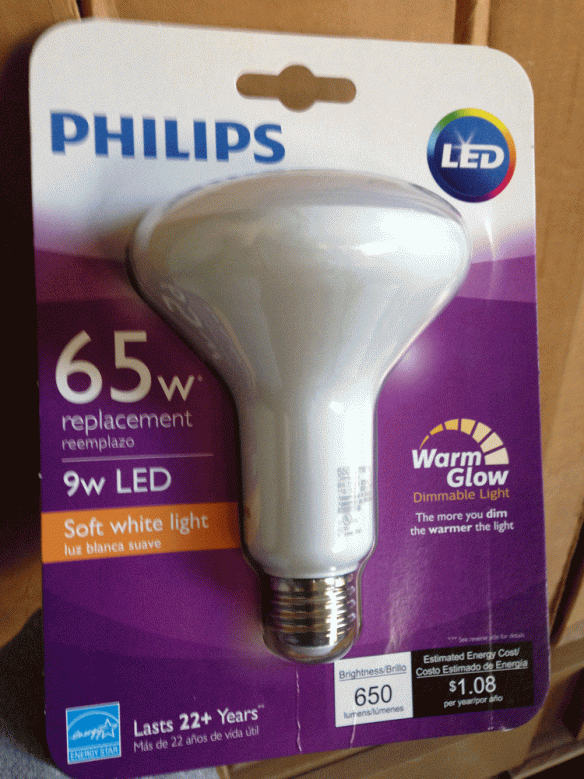January?
I haven’t written since January?
Ugh, I’ve been stressed all year – work has been crazy so I haven’t had the energy to sit down and write. Which I kind of miss it. So, today I had a blank Saturday in which I could do anything I want to do, including putting off cutting the grass. Even if not a lot has been going on, there’s gotta be at least something to write about since January, right?
Alright I’ll throw some product reviews at you all, over the next few posts. And we can touch base on the mice and whatever else I can think of. I need to write.
First up, back in February I picked up a pair of these Techole HDMI splitter switches. They are about ten dollars (US) on Amazon and got decent reviews.

We use our living room as our primary living space. And our family time usually includes an hour or two at night watching tv or movies together. We also play video games…I think if I added it all up there are like ten devices in the living room cabinet…let’s see: two xBoxes, two DVD players, a Nintendo Switch…cable box…anyway it’s more HDMI cables then the Sony tv (the old ~50″+ version of this tv) has ports for. So I needed a splitter to take the HDMI from the tv and feed in two devices. I think I had 5 ports so I picked up two splitters or switches.
There’s not much going on here but these are solid metal switches (like I said, I ordered two) each packaged in some nice simple brown packaging.
Obviously super easy to install, just plug in your HDMI cables and you’re good to go. I believe because the devices I plugged into the switches are powered, the switches themselves are “powered”. This allows the number on the switch to illuminate so you can tell if cable 1 or cable 2 is hooked up at any given time.
Whenever you need to access a device just press the button on the switch and tune to the right input on the tv.
I also ordered these color coded HDMI cables from Cable Matters and love them as well. Good quality and very low cost. $12-18.50 for a three pack. Color coding is a blessing with all that’s going on behind the tv.
I don’t notice any reduction in quality and the switches (and cables) have worked fine since I bought them. I’d definitely recommend trying them out to help manage things and expand your cable capacity behind your tv.


































